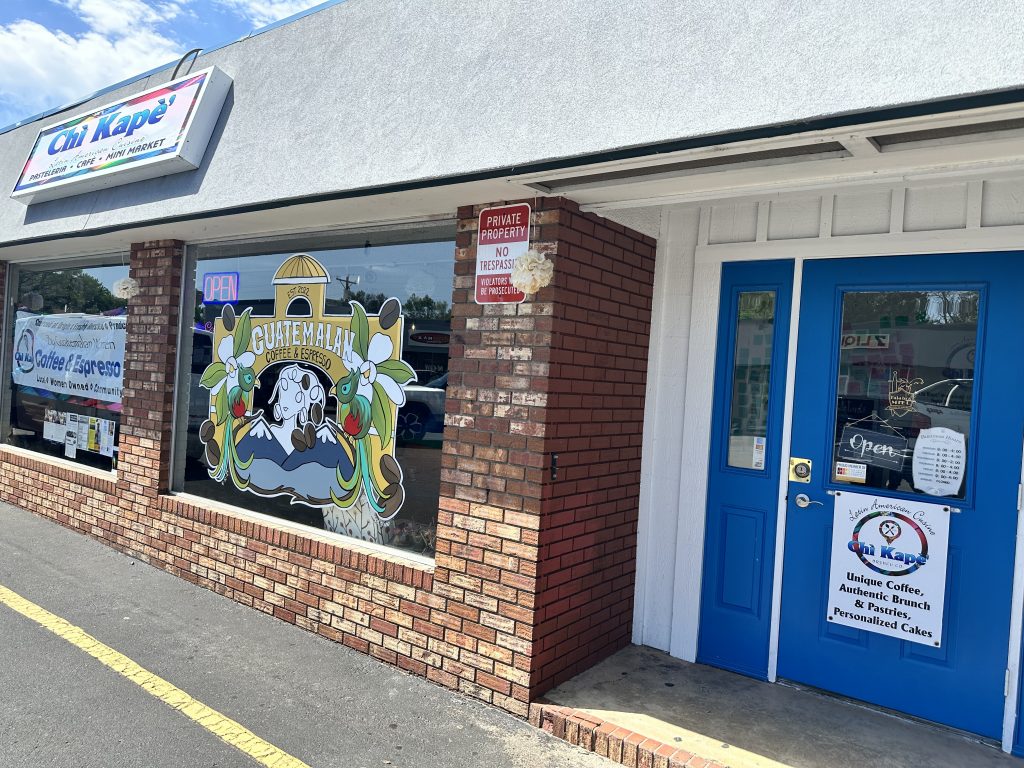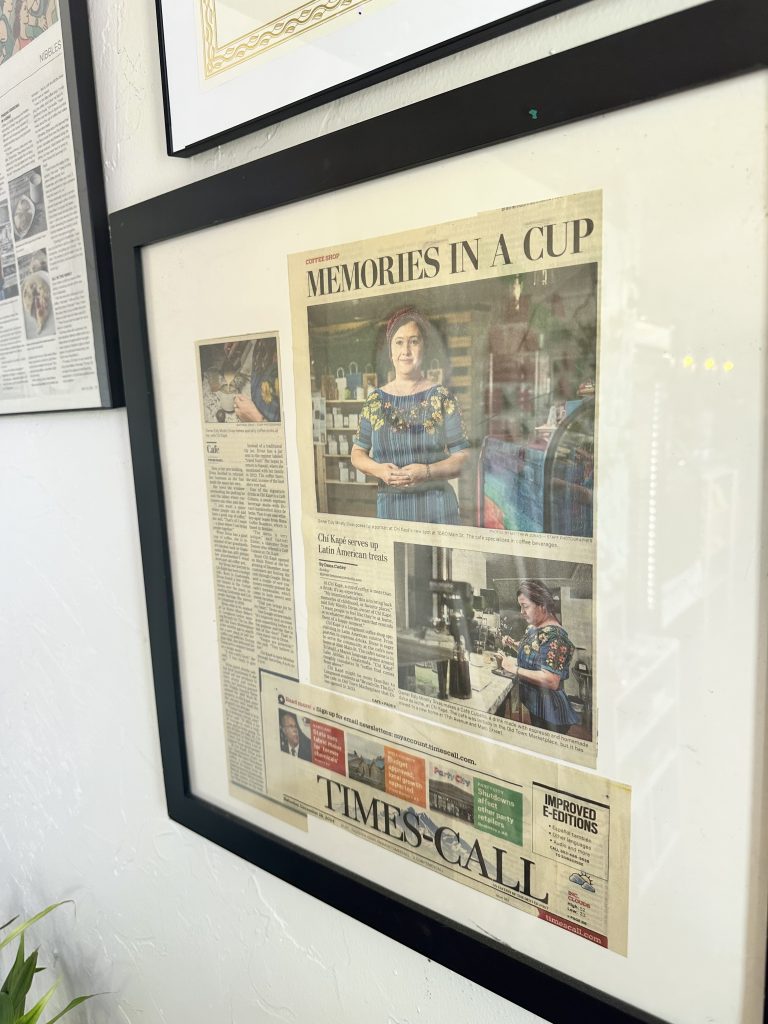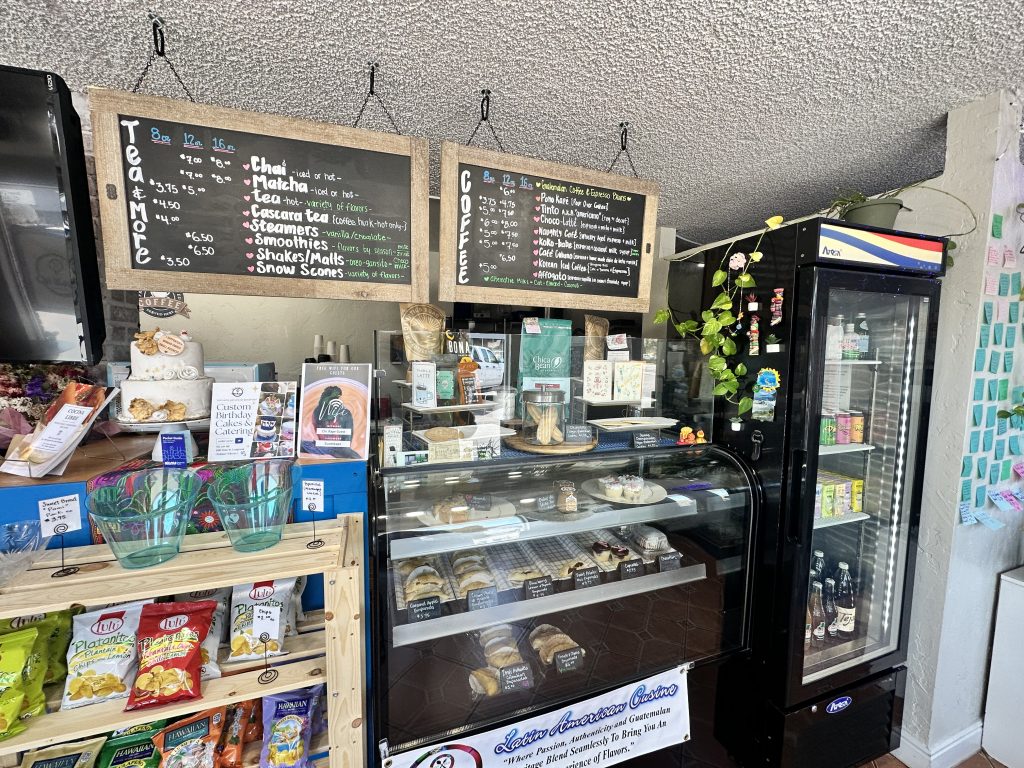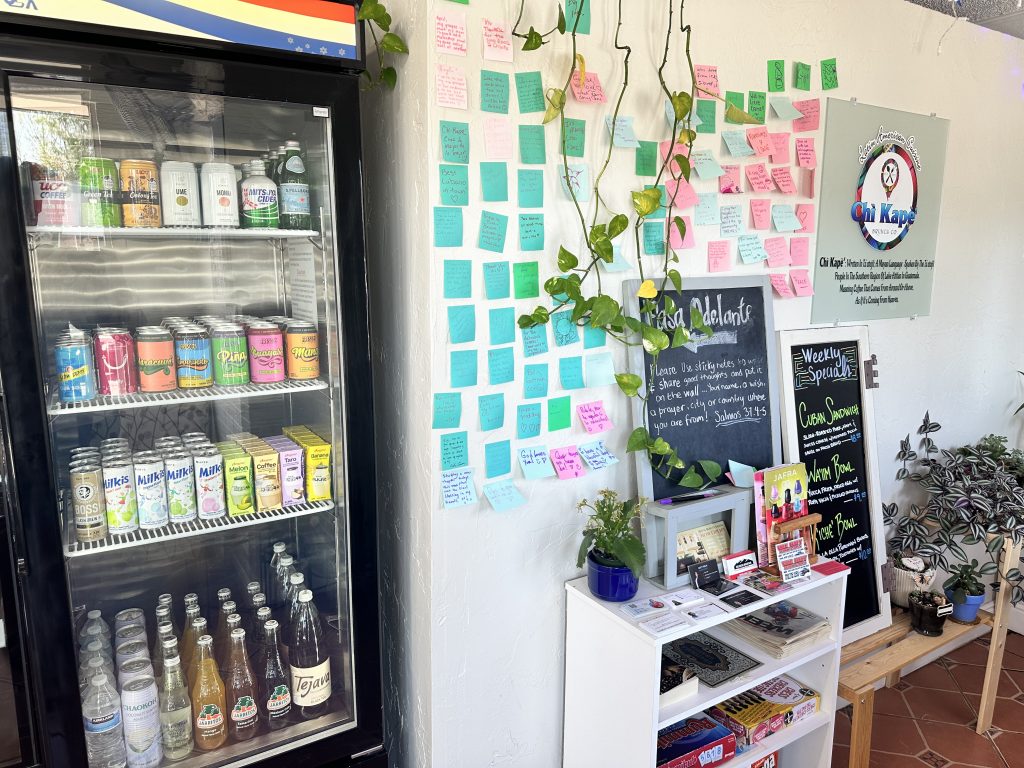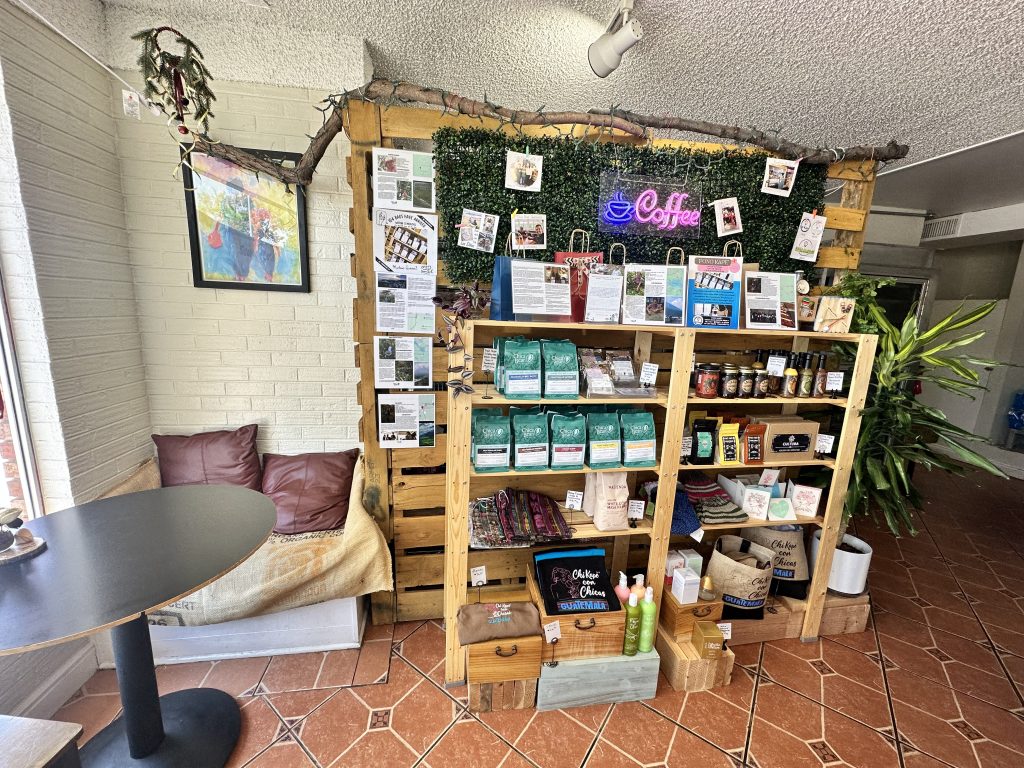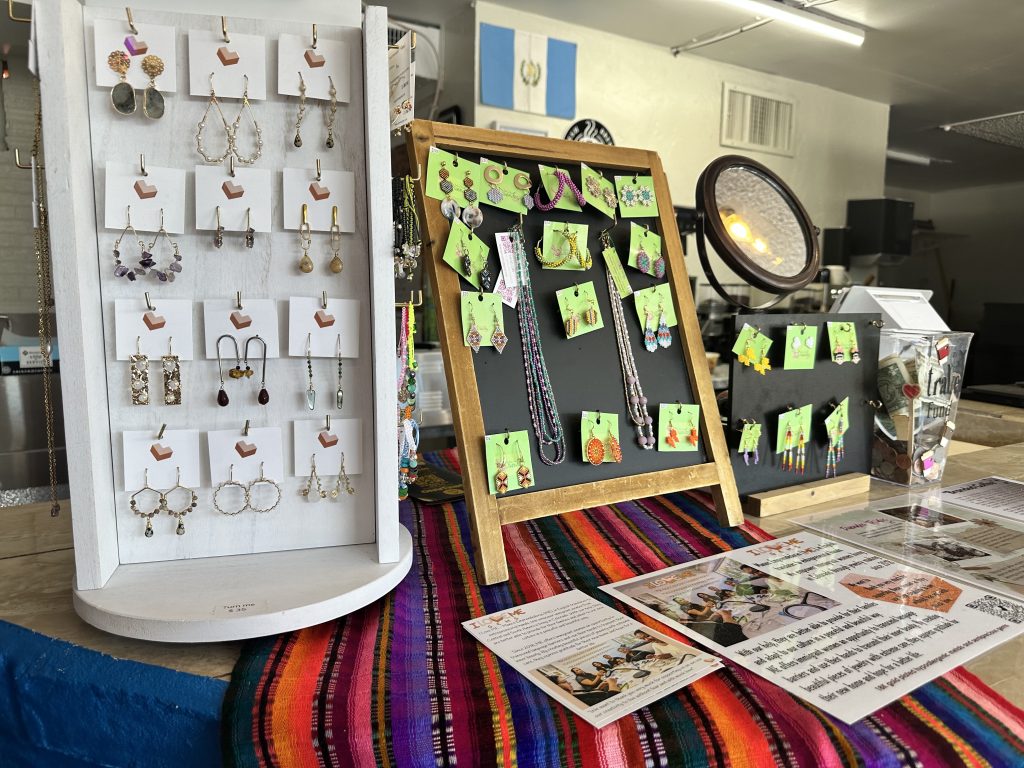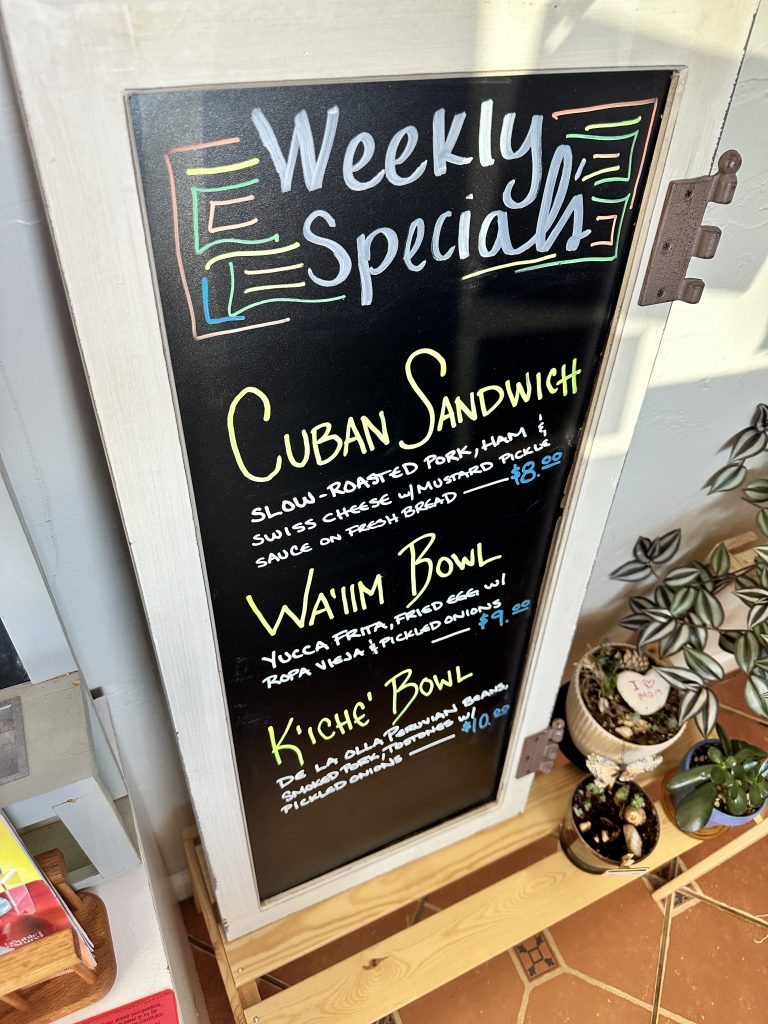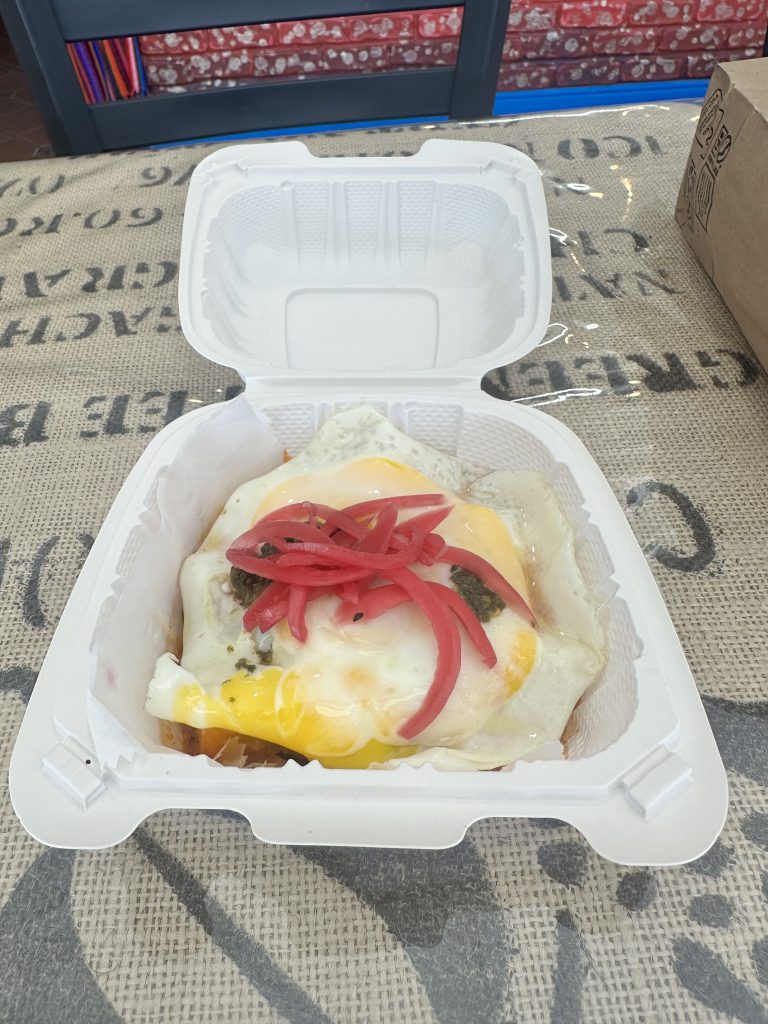Let me get this out right away, I believe Longmont needs more for sale homes that everyday people can afford. However, I believe growth should happen in stair step fashion, not linearly. A stair step growth approach means building in phases, measuring what happens to safety, traffic, schools, and services. After measuring then deciding the next step based on those results, we need to see what unintended consequences are before moving to the next project. This keeps neighbor’s trust and it pairs new homes with clear protections that people can see. Clearly communicating in plain language earns broader support since it focuses on people, places, and specifics.
My goals are simple, I want the people who power Longmont to have a fair shot to live here. That includes teachers, childcare workers, seniors (who want to downsize near family), and young adults who want to stay close to where they grew up. Favoring homes near services and transportation corridors that can handle them, and I support honoring the neighborhood’s character on the places where new developments meets established neighborhoods. Where old meets new, I want height and massing (structure) to feel familiar. No multi-story apartment next to a single family house, would be acceptable to me.
Kanemoto
My stance on the Kanemoto land is firm. The property is tied to a conservation easement and there is in active litigation. I support keeping the easement in place while the courts do their work. We must keep public trust. I will not consider annexation or land use changes during that time. If the legal status changes in the future I will reopen the conversation with a conservation first framework and full public engagement, where outcomes of equal or greater value with clear stewardship funding and broad community support. Until then the right thing to do is to honor the easement and the community’s trust. .
Quail
In my opinion, the quail site can help with attainable supply if it follows a stair step plan that fits the neighborhood and improves transportation early. For those unfamiliar with the site, it covers about 17.3 acres. Earlier development plans discussed roughly 310 homes at around 18 units per acre. That proposal was withdrawn in February and then sent back into annexation review in June. I support a smaller and phased plan. Keep the shared edge (established neighborhoods that meets the new development) around 6 to 8 units per acre. Step to about 10 to 12 units per acre inside the site. With this development pattern the estimated total comes to about 180 to 230 homes rather than 310. I will tie each phase to a transportation study and early improvements such as safer crossings, traffic calming, bus stop lighting, and signal or turn lane adjustments. If monitoring shows speeds, delays, or crash trends are not improving, I will pause before moving to the next step. Right now the intersection at Airport and Clover Basin is a nightmare for all road users and adding more development to that area without a transportation plan is a disservice to the community.
I will put transportation and safety first. Before each phase I will complete a corridor study and deliver near term and long term fixes. I will track speeds, intersection delay, and injury crash risk and I will publish the results. We should only advance when targets are met. I will coordinate with schools, service providers and publish capacity checks so decisions follow facts. On housing projects, I will push for a higher share of for sale missing middle homes so families can build equity, I understand our nickname “Apartmont” is from all of the apartment developments going up. I will report the unit mix and price bands so residents can see who benefits from each step. This level of specificity is how I plan to keep trust with neighbors while we add homes where they fit.
I want to keep Longmont a place where workers and families can live, and I also want to protect what neighbors value about their neighborhoods. A stair step plan respects both. It brings more homes online in the right places and sequences improvements so daily life gets safer and more reliable. It also sets a clear conservation stance at Kanemoto that protects promises from many years ago. This is how I stay pro housing and pro community at the same time.
I support more attainable homes by location and form that fit. I will build them in steps with measurable safeguards and I will publish the results before taking the next step. I will keep Kanemoto off the table during the appeal and honor the conservation easement. I will advance a smaller and phased plan at Quail with early transportation fixes and a larger share of family friendly for sale homes, aiming for about 180 to 230 homes but we need to see what this looks like in a plan, tossing numbers out is a disservice until we understand what it could look like. This is steady leadership that listens, measures, and builds a stronger Longmont one step at a time.
